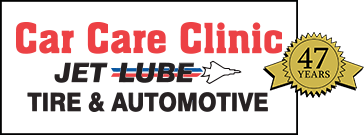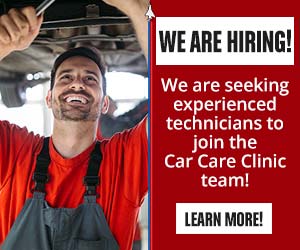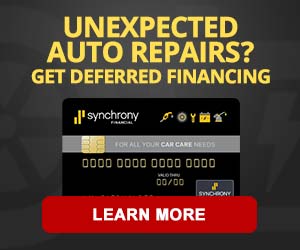This article originally appeared in the Castrol Crew Blog.
The future of driving is on the verge on taking a giant leap forward. We’ve gone well beyond onboard navigation and satellite radio and in the not so distant future, the connectivity features for your car will be more like those from a Jules Verne novel that you’ll of course, you’ll be reading on your tablet.
Let’s face it, not only can your car tell you where your favorite burger joint is, it can also point you to the local drycleaner after you dumped ketchup on your tie or blouse while plugging in your iPod. Heck, the folks at Ford Motor Company and Domino’s Pizza® have been working together on an innovative program that will link up your registered Domino Pizza Profile to the Ford SYNC® AppLink™ in-car connectivity system. Now you’ll be able to place your pizza order in just a few simple, voice-activated steps. Don’t forget the wings while you’re picking up your order.
The amount of information and technology we literally have at our fingertips or voice commands in the current generation of cars is scary. It is light years ahead of what the NASA boys had when they sent Neil Armstrong to the moon back in 1969. During the heydays of the space race, the scientists and engineers in mission control wearing starched white shirts and skinny black ties never envisioned a day in which satellites spinning around the planet would be used to help motorists order pizza.
But hang on to your steering wheel, there’s even more coming down the line as automakers and technology giants are collaborating on new smart mobility systems that make your car seem like it has a mind of its own. Let’s just hope is doesn’t get short circuited like HAL from Stanley Kubrick’s 2001:A Space Odyssey and try to do evil things to us.
There’s been a great deal of research lately on ways to help drivers avoid collision with other motorists which is pretty far out. Just as planes flying around in the sky, the federal government wants to have vehicles by 2016 incorporate a radar-type system. Here’s the deal, if cars can communicate with each other in regards to speed, distance, locations and potential road hazards, it could significantly reduce crashes.
“With more than 30,000 fatalities on America’s roadways every year, we must continue to look to new and innovative ways to save lives. Vehicle-to-Vehicle technology represents one such innovation. It is the promise of advanced safety technology delivered. It is the game-changing potential to avoid a crash in the first place,” David Friedman, National Highway Traffic Safety Administration’s acting administrator, said.
How this system would work is quite simple, believe it or not. A radio signal would continually transmit a vehicle’s position and speed. Cars and light trucks would receive the same information back from other cars, and a vehicle’s computer would alert its driver to an impending collision. These alerts could be in the forms of either a flashing message on the dashboard, an audible warning, or even a driver’s seat that vibrates alerting the driver.
These types of radar/collision avoidance systems are already showing up in luxury car manufacturers such as BMW and Mercedes. Hopefully, lower priced cars, SUVs and light trucks will also see this technology within a couple of years.
Castrol is also leading the way in bring new technology to motorists by launching Zubie, a mobile and Internet services company focused on maximizing connected car capabilities for consumers and businesses. Launched nationally in September, the Zubie Service has the potential to make driving and owning a car easier and less expensive. The Zubie Key, a cellular device that plugs directly into a car, captures valuable vehicle and driving data for car owners and drivers. Data includes car diagnostics, family safety location-based alerts, driving behavior reports and several features to make daily driving easier – including travel coordination tools.
With all this technology being thrown at us, let’s hope we’ve never lose that romance of the open road and a big V8 engine at our command churning out over 500 horses. We’re sure no one’s going write an anthem for driving in a car while ordering dinner, skirting traffic and plugging in a iPod.


